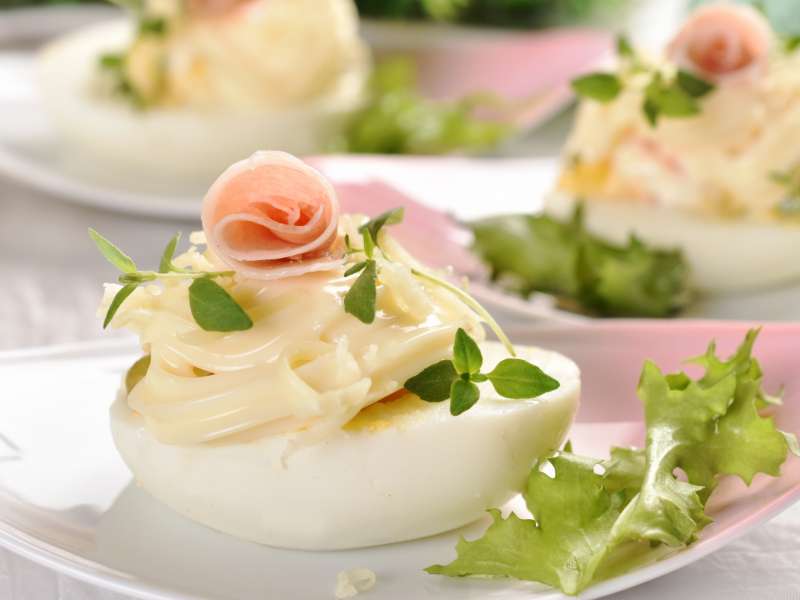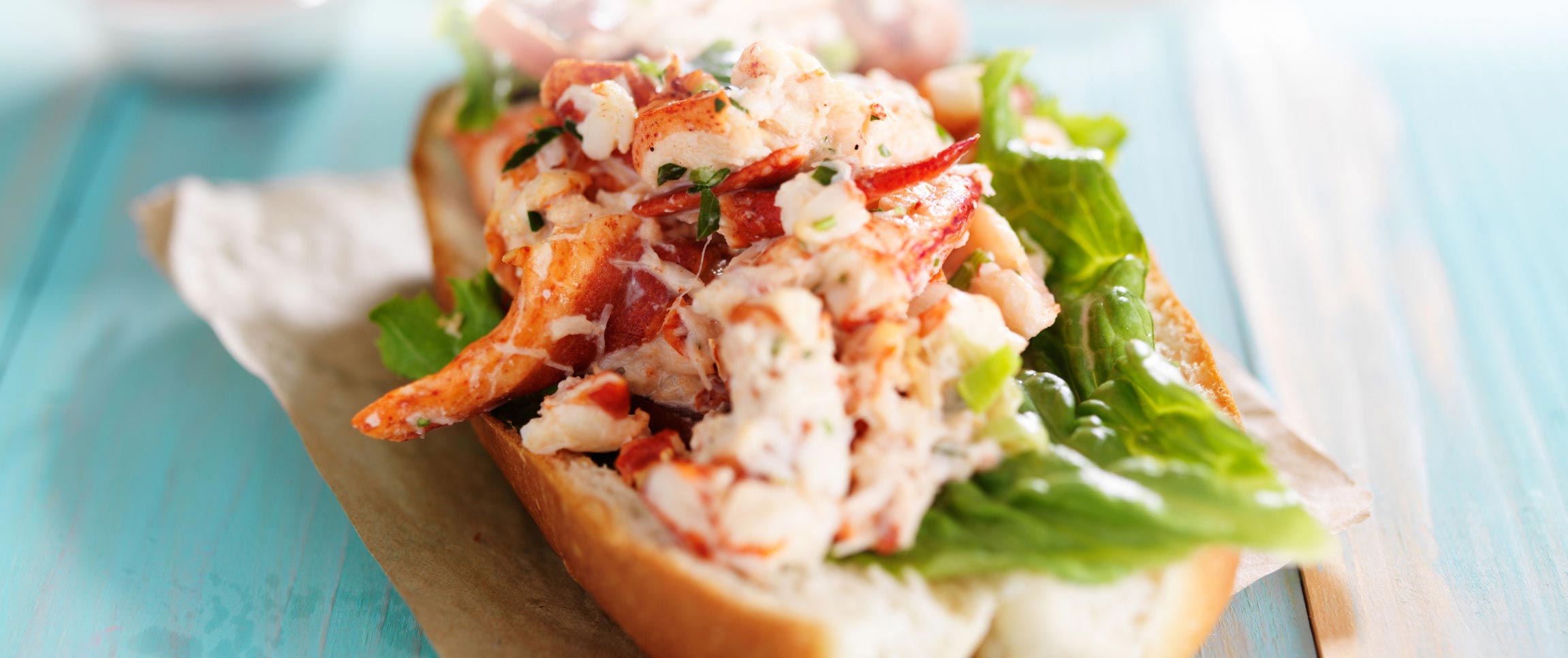There was a time when lobster supplies were at best, erratic. It was mostly a luxury food that wasn’t often seen on menus except as a seasonal special or in exclusive restaurants able to regularly get a small share of the limited annual supply. Fortunately, times have changed.
For decades lobstermen in Maine have practiced sustainable fishing; throwing back larger females and males who are the most fertile and able to maintain the population. Then a rather unexpected thing happened. Overfishing by North Atlantic cod fisherman caused their fishery to collapse. Severe catch restrictions in the U.S. and a total moratorium in Canada have yet to produce a recovery for the cod. Since cod prey on juvenile lobsters and the lobstermen are ensuring there is a healthy breeding population, lobster populations have boomed over the last 20 years. Fish sticks’ loss is our lobster cocktail gain!
The increased supply, as well as stable year-round availability, is allowing more restaurants to add lobster to their menus. It has also allowed food distributors like us greater flexibility in how we deliver this sweet crustacean while the different packing of parts allows eateries to buy exactly what they need for their specific signature dish.
Claw & Knuckle Meat
The perfect combination of meats for salads and lobster rolls. Coral pink lobster claws add a beautiful and instantly recognizable look to the dish while knuckle meat brings a lot of flavor to the party. Simply dressed, with just a little mayonnaise or a fresh aioli, either in a roll or atop fresh greens, and you have an easily constructed dish that is sure to please.
Toss the turkey and ham from your club sandwich and replace it with claw and knuckle meat. Leave the bacon, though—because you know, bacon. You can even use the knuckle meat to make a decadent soup, bisque or chowder, then top the bowl off by floating a perfect claw right on top for a visually stunning combination that will be popping up on Instagram on a regular basis.Between the color and the flavor, claw and knuckle are also the perfect preparation to add to side dishes, say a lobster mashed potato. Maybe mix the lobster meat into a gruyere cheese sauce and drizzle over hand-cut fries for Lobster Poutine. You could even make a lobster mac-n-cheese, something mom and dad might be loath to share with the kids.
Claw & Tail
Combine the claw and tail meat with a meaty fish like snapper, toss in some clams or mussels, and you’ve got the start of hearty cioppino. Add a little fennel and saffron to your stock plus a dollop of aioli alongside some grilled crusty bread, and you might find yourself with a Provençal Lobster Bourride. If your customers like a little heat, simmer the claw and tail in a spicy tomato sauce, then serve over pasta for a simple Lobster Fra Diavlo.
Tails
Lobster tails these days come in a variety of sizes—raw or cooked—perfect to help keep your dishes consistent. A cooked preparation is perfect for slicing off a few pieces to add to a salad or as a garnish on a cold dish. Chopped up with thinly sliced fresh vegetables and cilantro then wrapped in rice paper and served with a tangy peanut sauce, it becomes the perfect summer appetizer or patio snack paired with a tart Sauvignon Blanc.
Raw tails are amazingly flexible in what you can do with them. While boiling might be quick, it can also leave you with a watery tail that has its flavor drained away. Try steaming, or better yet, broiling or grilling. Grilling produces a firm, flavorful tail that is open to all sorts of possibilities. Glaze with a little teriyaki, brush with some of your house BBQ sauce, or simply hit it with some garlic butter. It’s not that hard to get lobster to fit in perfectly with your existing menu.
With its increased availability, you want your lobster to stand out from the rest. Sprinkled with a little stale paprika and a chipped ramekin of questionable clarified butter just won’t cut it anymore. If you want to impress you’ve got to add that wow factor. Skewer that lobster tail. Dip it in batter. Deep fry it. Lobster Corn Dog? Wow.
For an elegant take on the lobster tail, consider butter poaching. Slowly melt enough pats of butter to cover your tail with one tablespoon of water over medium heat while whisking. At 180 degrees you’ll have what’s called a buerre monte. Slip the deshelled tails into the sauce and poach for five minutes, turning every minute or so. The result is beautifully simple with little need for anything else.
Whole Live
Pressure steamed. Stuffed. Broiled. Grilled. A whole Maine lobster on a plate is a wonderful sight to see. But not every restaurant is really set up for the mess that a customer leaves when trying to pick one him or herself. Sure, it’s a great show, but think of the things you and your staff can do in the back with a whole Maine Lobster.
Nearly every part of the lobster’s body has a use. Use the body and shell for stock and bisques. Obviously you can use meat from the claw to the tail. Even the legs, often overlooked, are chock full of goodness. Simply pull the legs off, place a rolling pin at the tips and roll slowly to the top. The meat will squirt right out. Full of flavor for such tiny pieces, their use as a garnish or in a dumpling is endless. Whatever you do with your lobster, there’s little that has to be wasted.
Once relegated to seaside tourist spots or high-end steak and seafood houses, the increased stability and reliability of the lobster supply has really democratized what is still regarded as a high end, luxury food. How you use it to make your menu stand out is now limited only by your imagination.



